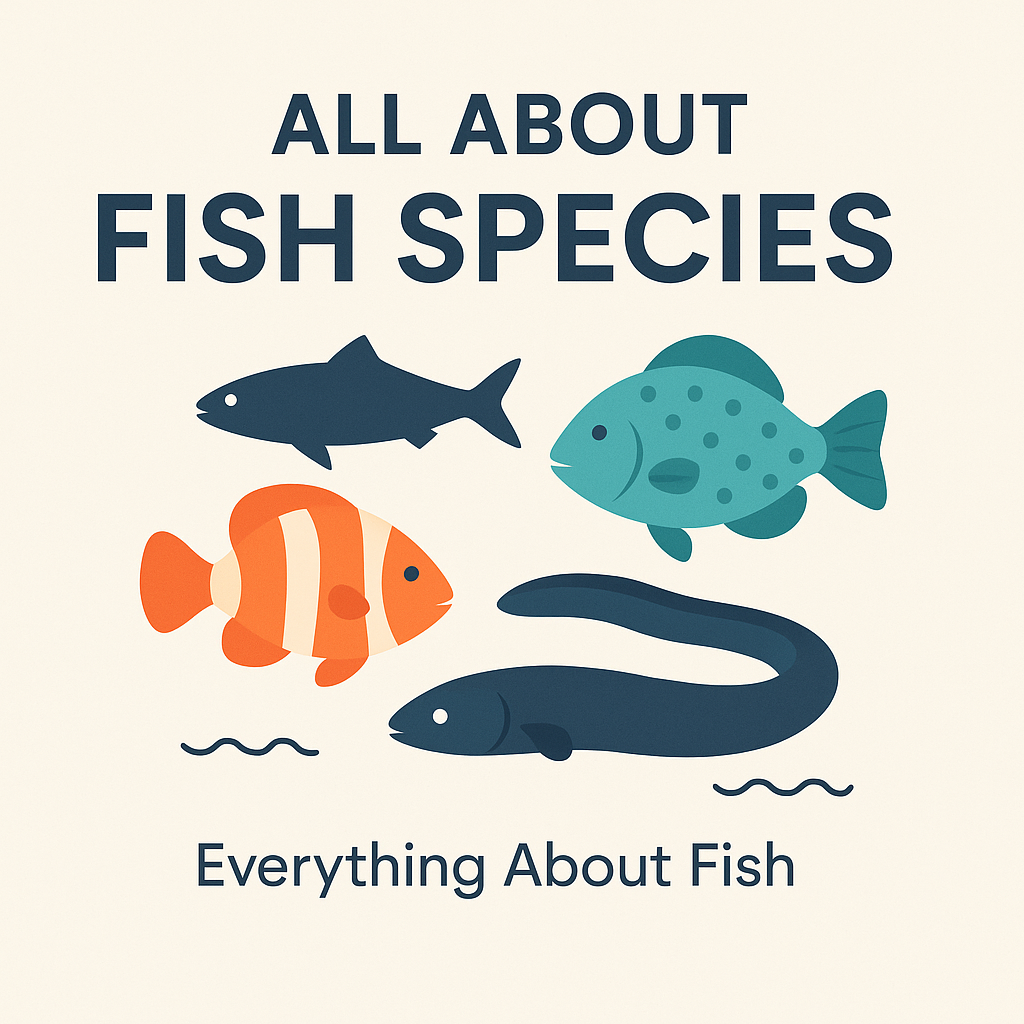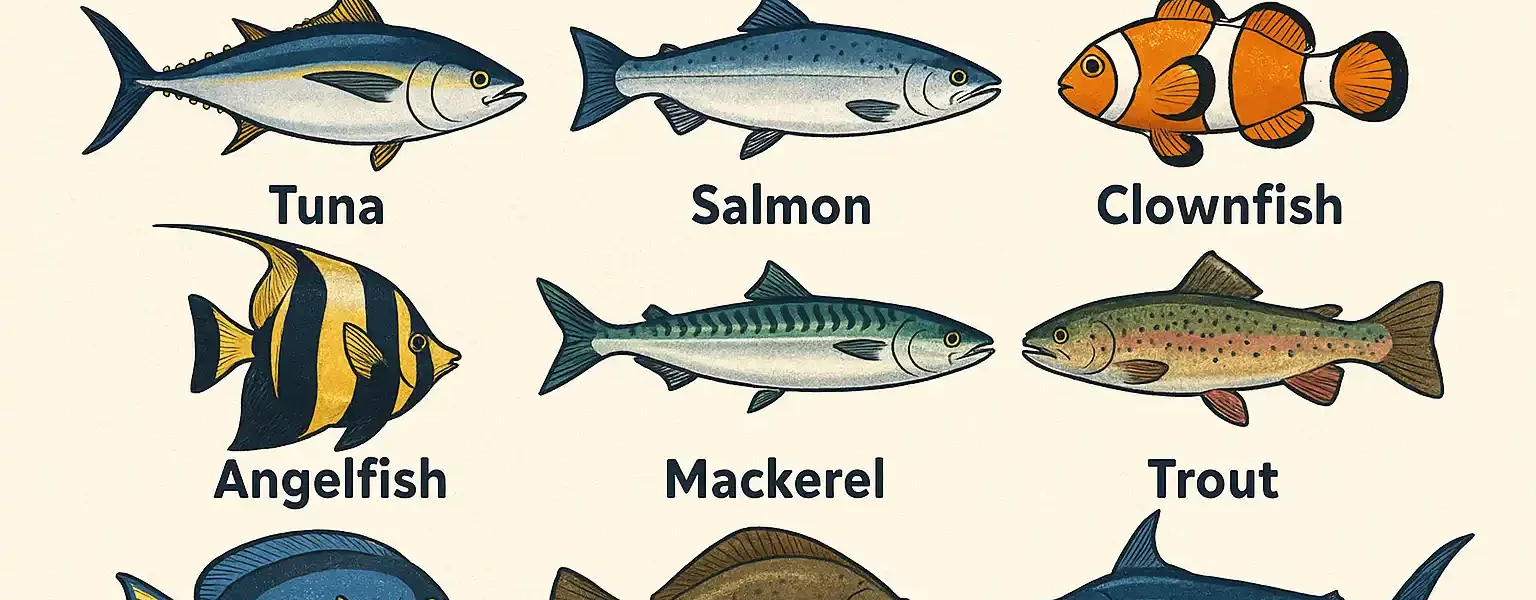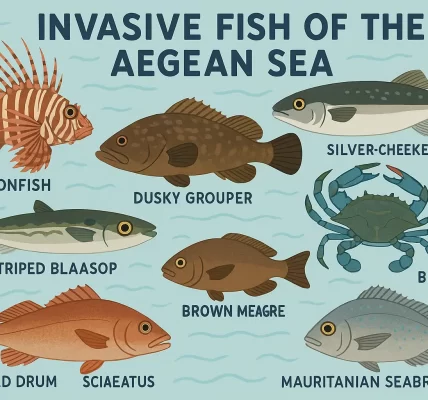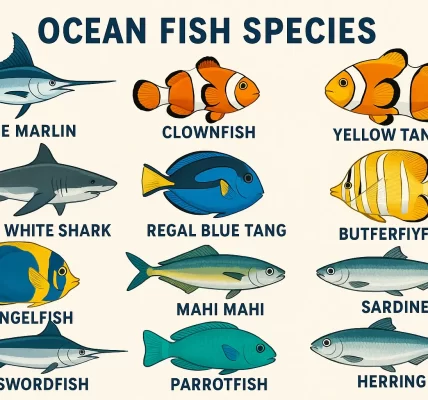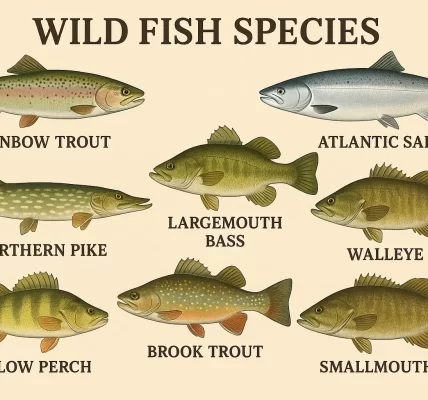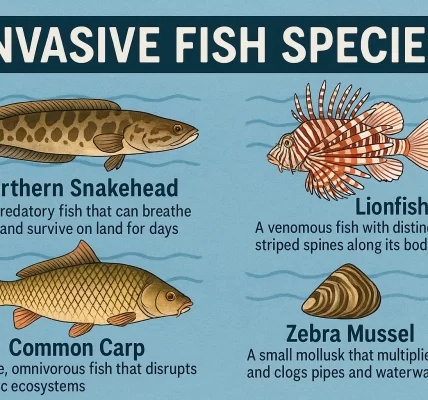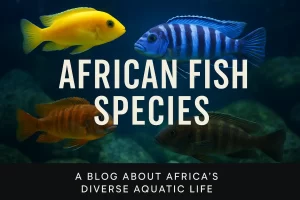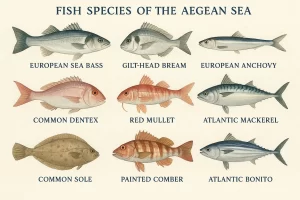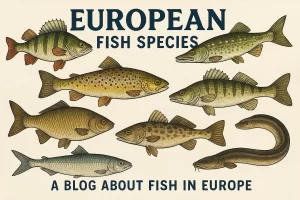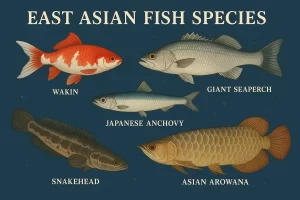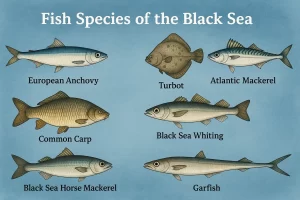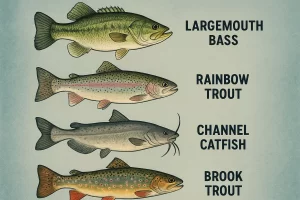All About Fish Species
All About Fish Species
Fish are some of the most diverse and fascinating creatures on Earth. With more than 34,000 known species, they inhabit nearly every aquatic environment, from deep ocean trenches to high mountain streams. This guide explores the world of fish species, their classifications, habitats, importance, and conservation.
The Classification of Fish
Fish are classified based on anatomical features, reproduction methods, and skeletal structure. They are generally divided into three main groups:
1. Jawless Fish (Agnatha)
These are the most primitive types of fish. They lack jaws and paired fins. Examples include:
-
Lampreys
-
Hagfish
Jawless fish have elongated, eel-like bodies and often feed by suction or by boring into other fish.
2. Cartilaginous Fish (Chondrichthyes)
These fish have skeletons made of cartilage instead of bone. They include:
-
Sharks
-
Rays
-
Skates
Cartilaginous fish are often large predators and are known for their powerful sensory systems, including the ability to detect electric fields.
3. Bony Fish (Osteichthyes)
The largest class of fish, bony fish have skeletons made of bone. They are divided into two subclasses:
-
Ray-finned fish (e.g., salmon, cod, goldfish)
-
Lobe-finned fish (e.g., coelacanths, lungfish)
Bony fish dominate both freshwater and marine environments due to their adaptability and diversity.
Habitats and Adaptations
Marine Fish
Marine fish live in saltwater and account for the majority of fish species. Their bodies are adapted to maintain salt balance, and many display bright colors or camouflage abilities. Common marine species include:
-
Clownfish
-
Tuna
-
Snapper
-
Anglerfish
Freshwater Fish
Freshwater fish live in lakes, rivers, streams, and ponds. They must regulate water intake due to the lower salt content in their environment. Some well-known freshwater species are:
-
Trout
-
Catfish
-
Bass
-
Carp
Brackish Water Fish
These species can survive in waters that are a mix of saltwater and freshwater, such as estuaries. Examples include:
-
Barramundi
-
Molly fish
-
Archerfish
Reproduction and Lifecycle
Egg-Laying (Oviparous)
Most fish reproduce by laying eggs. Fertilization can occur externally or internally, depending on the species. The number of eggs laid can range from a few dozen to several million.
Live-Bearing (Viviparous and Ovoviviparous)
Some fish give birth to live young, such as guppies and some species of sharks. These fish offer more parental investment, increasing the chance of survival for each offspring.
Spawning Behavior
Spawning is the process of releasing eggs and sperm into the water. Many fish migrate to specific breeding grounds for spawning. Examples:
-
Salmon return to freshwater streams to spawn.
-
Eels travel thousands of miles to the Sargasso Sea.
Importance of Fish in Ecosystems and Human Life
Ecological Importance
Fish play a vital role in aquatic food chains:
-
Predators like tuna and barracuda help control populations of smaller fish.
-
Herbivores like parrotfish contribute to the health of coral reefs by grazing on algae.
-
Scavengers like catfish help recycle organic material.
Economic and Cultural Importance
Fish are a significant source of food and income globally. Fisheries support millions of jobs and contribute to cultural traditions.
-
In Japan, sushi and sashimi are cultural staples.
-
In Nordic countries, herring is a traditional dish.
Fish farming (aquaculture) is also a growing industry, helping to meet global food demands sustainably.
Popular Fish Species Around the World
Salmon
Known for their migratory patterns and rich flavor, salmon are found in the North Atlantic and Pacific Oceans. They are both wild-caught and farmed.
Clownfish
Famous due to their symbiotic relationship with sea anemones, clownfish are popular in marine aquariums and native to the Indo-Pacific region.
Betta Fish
A favorite among aquarium enthusiasts, betta fish are known for their vivid colors and territorial behavior. They originate from Southeast Asia.
Tilapia
A staple in global aquaculture, tilapia are hardy freshwater fish with mild-flavored meat. They’re often used in sustainable fish farming.
Threats to Fish Species
Overfishing
Overfishing has led to dramatic declines in many fish populations. This not only threatens biodiversity but also impacts food security for millions.
Habitat Destruction
Pollution, dam construction, deforestation, and urbanization have destroyed or fragmented aquatic habitats worldwide.
Climate Change
Rising temperatures and ocean acidification are altering the distribution of fish species and disrupting breeding cycles.
Conservation Efforts
Marine Protected Areas (MPAs)
MPAs restrict human activity to preserve biodiversity and allow ecosystems to recover.
Sustainable Fishing Practices
Regulations, quotas, and community-managed fisheries aim to balance human needs with ecological sustainability.
Breeding and Reintroduction Programs
Some endangered species are bred in captivity and reintroduced into the wild to bolster natural populations.
Public Awareness and Education
Educational programs help people understand the importance of protecting fish and their habitats, encouraging responsible behavior.
Conclusion
Fish species are incredibly diverse and play essential roles in both natural ecosystems and human societies. From tiny minnows to massive whale sharks, these aquatic creatures continue to amaze us with their adaptability and beauty. However, many face serious threats that require global cooperation and responsible stewardship. By learning about and protecting fish, we help ensure the health of the planet’s waters for generations to come.
